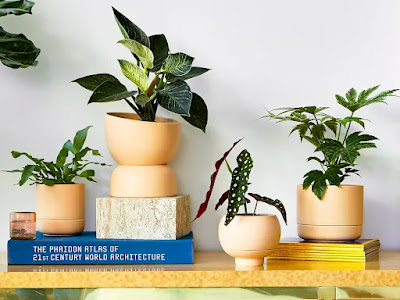Teaching Aids: Enhance Learning and Engagement in the Classroom
 |
| source: pexels.com |
We live in a digital era where children are constantly distracted by phones and tablets, and as a teacher, you must have found yourself struggling to keep students engaged at times. Every student learns differently, so we need the right aids in our toolkit to make concepts easier to understand and lessons more engaging.
The truth is that even before the Internet, teachers had to find ways to make learning lively and more interesting and despite the advent of modern technology, some of those are still used in the classroom. Today, we can use many different tools and equipment to make curriculum content more fun and keep students entertained. From charts to blocks, board games and more, you can buy teaching aids for early years education, English, History, Maths, or any other subject.
Different Types of Teaching Classroom Aids
Visual
Visual aids, such as colourful diagrams and charts are great for simplifying things. They help bring concepts to life visually, making it easier for students to understand and remember them. They cater to visual learners and make difficult concepts more accessible.
In an anatomy class, if you’re about to teach about the human body, a detailed anatomical chart can be used. By showing different systems, such as the circulatory, in a visual format, students can see how blood flows through the body. This way the learning experience can become more comprehensible and interactive.
Audio
Audio aids are perfect for helping students remember things in a fun way. They make learning enjoyable and easy to remember. Even as grown-ups, many of us still remember some of the songs taught at school.
Audio-Visual
Audio-visual aids, on the other hand, use both sound and pictures to help students learn easily. With them, learning can be much more interesting and fun because they show and tell at the same time. Also, they're great for all kinds of learners, whether they are visual or auditory learners.
Tactical
These are all about hands-on learning. They can transform a dull lesson into an engaging, memorable experience. Tactical aids engage multiple senses, allowing students to create shapes, explore concepts and solve problems, all with their hands, so children become more curious and more engaged. They make connections and ask questions, which is, after all, the essence of effective teaching.
Interactive
These are great for making lessons more engaging. From teaching aid games to puzzles, interactive apps and more, many different interactive aids can tap into children’s natural curiosity, making the learning experience more enjoyable and effective. They empower students to explore and learn at their own pace and can turn passive learning into active learning easily.
Real-Life
Sometimes it’s a great idea to take learning beyond the classroom. A field trip, for example, can connect classroom learning to the outside world, making it a relevant and memorable experience for the students.
Teacher-Created
Personalised teacher aid supplies are some of the most powerful tools as they address students’ specific needs and preferences. You know your students and all their strengths and challenges and by creating your own aids, you can turn your classroom into an effective learning environment where every student can get the most out of it.
How Can They Help in the Classroom?
 |
| source: pinterest.com |
In some way, they act as bridges between abstract ideas and tangible understanding. When students can see, hear, or manipulate the material, it becomes easier for them to remember it. They learn through concrete examples that can help them retain and recall information more effectively.
The idea is to transform the overall experience in the classroom for both you and your students. With the right teaching aids and resources, you can captivate your students’ attention, making learning easier and more fun and stimulate their interest in the subject matter. Children of all ages and abilities can benefit from the use of carefully selected tools and materials. By mixing different aids in the classroom, you can introduce multiple ways to teach, ensuring that all students can grasp the lesson. Furthermore, this can help them feel more confident in their abilities, which can encourage greater participation in discussions and activities and reinforce their learning.
Breaking down complex concepts can help students understand the learning material better. Additionally, it can prompt students to engage with the material through discussion and problem-solving activities.
Last but not least, you can save some time and energy. Instead of lengthy explanations, teaching aids offer quick and effective ways to cover more material in less time.
Final Thoughts
With students, constantly distracted by social media, finding something to keep them entertained in the classroom has become essential. To begin with, choose aids that match what you’re teaching and plan how you’ll use them in your lesson. Set up the classroom, so everyone can see and use the aids and involve students in using them.
Any object used in the educational environment to support learning can be defined as a teaching aid. Start small and as your students become more comfortable, you can incorporate more complex aids. Avoid overwhelming yourself or them by introducing one or at least two new tools at a time. Begin with something simple, evaluate and if a particular tool isn’t meeting your expectations, be flexible and try new alternatives. Remember that every lesson is an opportunity for discovery and growth for everyone in the classroom. The most you can do is to encourage students to explore and continuously adapt to meet their evolving needs.



Comments
Post a Comment